
Pilori
-
Posts
79 -
Joined
-
Last visited
Content Type
Profiles
Forums
Store
Help Articles
Posts posted by Pilori
-
-
Drago Centro
Rivera
http://www.riverarestaurant.com/
Both are pretty nice. Drago Centro is Italian while Rivera is upscale Latin. You could also go to Daikokuya, which is a very good ramen place (and a lot cheaper!)
-
Transferred the beer to the secondary fermenter today. Smelled and looked like beer, but it had these specks on top that I'm not so sure about. I've posted a picture of it here. I brewed my first beer about a year ago so I can't remember if this is normal. Thoughts?
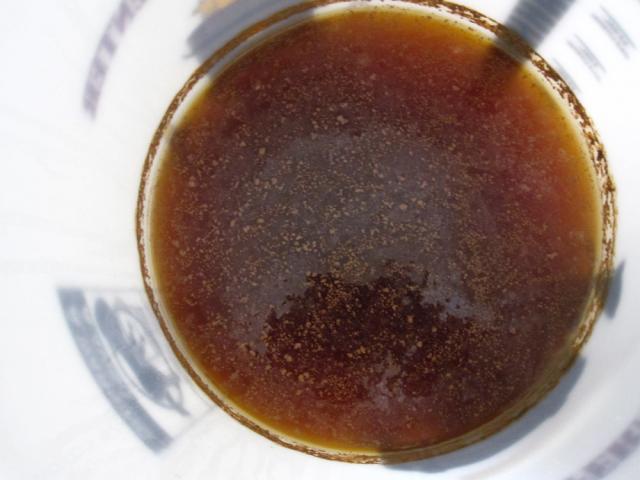
-
Thanks for the recommendations the books!
Started the Red Ale last night and everything seems to have went smoothly. Again I ended up with under two gallons when I poured it into the fermentor, but I just filled it up to the two gallon mark with water. My girlfriend has a mother starter sourdough culture in the kitchen, which is the only thing I'm worried about. Hopefully I sanitized well.
-
So once we are done with these recipes here where should we go if we haven't developed our skills enough to create our own recipe?
Also, in terms of the Red Ale, I have two fermentation vessels. One bucket with airtight lid and airlock along with a clear plastic container with the really narrow mouth (like the water jugs) with another airlock. Can I do a primary and secondary fermentation with this ale? And, in general, which container should I start with?
-
Well, I just picked up my ingredients for the Red Ale today! They didn't have Weyermann Melanoidin malt in, but the guy recommended something similar to me (I believe it was from Belgian, instead). I also decided to pick up a Scottish Wyeast since I wanted to try a wet yeast this time instead of the dry.
I forgot to get the hop bags, but I'm going to be in the brew shop area on Thursday so I'll get them then. For future reference can I use something like cheese cloth with a string attached to it as a hop bag?
-
After the 30 day sit in the jars can the lemons stay on the shelf until opening?
-
-
I've been looking around at preserved lemon recipes and I can't seem to find a consensus on whether they are shelf stable, or if they require a boiling water bath to be shelf stable. A lot of recipes I see say to leave them on the counter for 3 weeks or so and then put them in the fridge. Others say store for a month on the counter and then they are ready to eat and shelf stable until open. I also haven't seen any mention of a boiling water bath (though I assume this is because preserved lemons are so acidic).
Anyone have any more information on this?
-
Percyn, those eggs look delicious.
The Bazaar is in Los Angeles. It's one of Jose Andres restaurants. We went for brunch, but sadly they are stopping their brunch service. And I believe it was Iberico Fermin.
-
Oops! They are salmon roe.
-
Exactly right, Kim!
-
-
-
It's good, still a little raw. I added too much ginger, I think. Didn't measure stuff out, stupidly.
I was wondering if you need to sterilize (i.e. boil) the jars after you add everything if you're going to sit them on the counter for 2 weeks?
-
-
-
Worked great! I used a primary and secondary fermenter on the recommendation of my local brew shop. I'm about halfway through drinking them so I was thinking about picking up the ingredients for the next recipe and give it a try. I'm excited
 . I'd like to try and use the wet (I think it's called that) yeast culture instead of the packets this time. Any recommendations or tips?
. I'd like to try and use the wet (I think it's called that) yeast culture instead of the packets this time. Any recommendations or tips?Going with liquid yeast on the second recipe will open lots and lots of opportunities to experiment. The Red Ale recipe is all about maximizing the unfermentable components in the beer that will leave a rich body and some residual sweetness behind. Yeast strains all have different "apparent attenuation" numbers, a measure of how much of the fermentable stuff in there they'll chew through. If you go with a low attenuating yeast, you could end up with a sticky sweet beer, which with a boost to the red ale's hopping, might be pretty tasty. Or you could go with a hungry yeast that chews through most of the fermentables, and might munch on some of the traditionally unfermentables too..
Given my taste preferences, I'd be looking at either a Scottish or a Belgian styled yeast strain. Scottish for some sweetness, Belgian for some interesting funk. If you really want to funky it up, ferment it with a brettanomyces strain.
Thanks for the advice. What exactly do you mean by funky? Heh
-
So how did batch one turn out, Pilori?
Worked great! I used a primary and secondary fermenter on the recommendation of my local brew shop. I'm about halfway through drinking them so I was thinking about picking up the ingredients for the next recipe and give it a try. I'm excited
 . I'd like to try and use the wet (I think it's called that) yeast culture instead of the packets this time. Any recommendations or tips?
. I'd like to try and use the wet (I think it's called that) yeast culture instead of the packets this time. Any recommendations or tips? -
Did Mexican two nights in a row.
First, just a improvised fish taco with grilled sea bass, lime creme fraiche, and fresh made salsa. Also had grilled corn dusted with ancho chile.
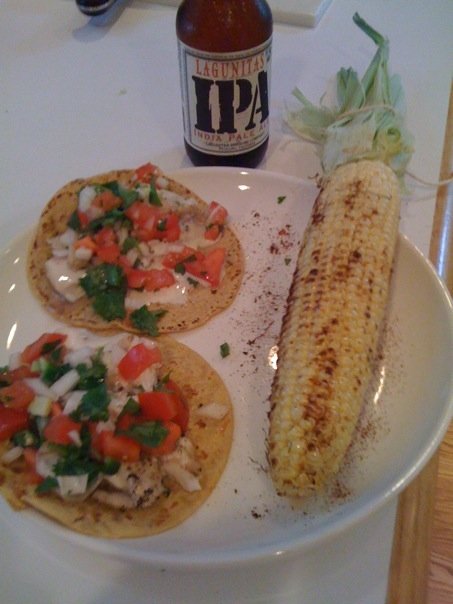
Second, made some enchiladas verde with chicken from a Diane Kennedy recipe. Topped it with some lime creme fraiche, onions, cilantro, and cotija.

Sorry for the iPhone quality pics!
-
Just bottled my first batch! Looks good so far.
Once this one is ready to drink I think I'll start on the second recipe! Been fun so far, so thanks for all the recipes and advice.
-
Just add .5 gallons of distilled water?
-
Lets see if I can contribute to a couple questions here. In regards to the "bags" of ingredients added you add the sack with the steeping grains to water that is around 150 degrees F. Hops and items like coriander are added during the boil at defined times. These items are not included during fermentation. You can "dry hop" after fermentation by adding to the carboy and letting it set a couple weeks but I would say i would not go that route until you have brewed a few beers and was comfortable with the brewing process.
In regards to the water. If you are using an extract kit, distilled water is fine and normally preferred. Distilled water has no mineral content. When the extract is made it is developed from and actual all grain wort boil. When the water is extracted from the wort to make the extract the minerals are still there.
You may ask why I am concerned about the minerals. In brewing various types of water, meaning different mineral content is ideal for various styles of beer. Ever wonder why different countries or regions make different types of beer? It all revolves around the local water supply. It is desirable to maintain the water profile as close as possible. Of course you don't know the mineral content of the water used at the malting facility though. On average though your home tap water should be fine. Boil it for 15 minutes or so and then let it cool to pitching temps ( the temp you want the wort when you add the yeast) and then add away. Distilled water is cheap and easy though. BTW, I don't boil my tap water first at all. I run it through a filter that strips the chlorine, cysts and other sediments out and add it straight the the pot.
What kind of filters are those that you strain your tap water with?
So, brewing today seems to have went fine. Of course, I am paranoid about contamination. One thing that bothers me is I used the 9 qts of water called for in the recipe (since about a quart was supposed to boil off leaving 2 gallons) and once I poured the wort into my fermenter I noticed I only had 1.5 gallons. Is that a huge problem? Thanks, again, for the replies.
-
I think I'm going to use store bought distilled water for my first time. But, for next time, if I use my tap water about how much do I need for a 2 gallon final brew and how long should I be boiling it for to get rid of the chlorine?
-
Cool, thanks!
I'm going to start the first brew tomorrow! I'll post back on how it goes.


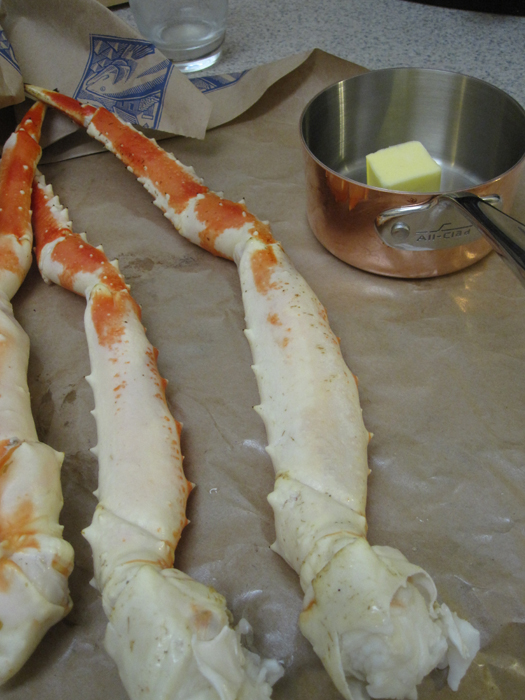


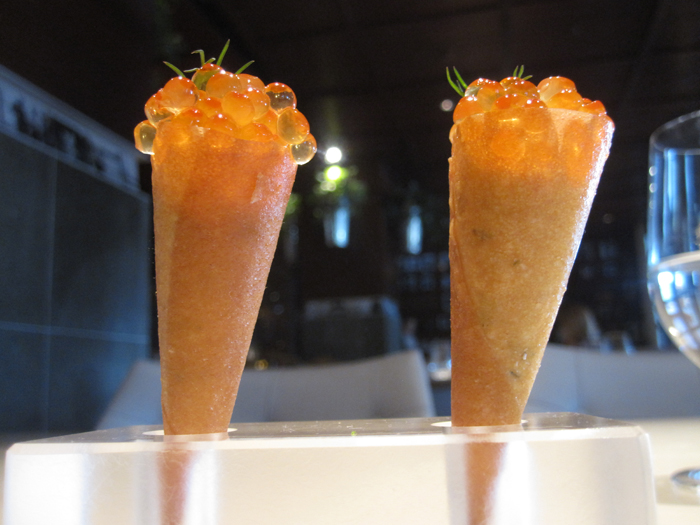
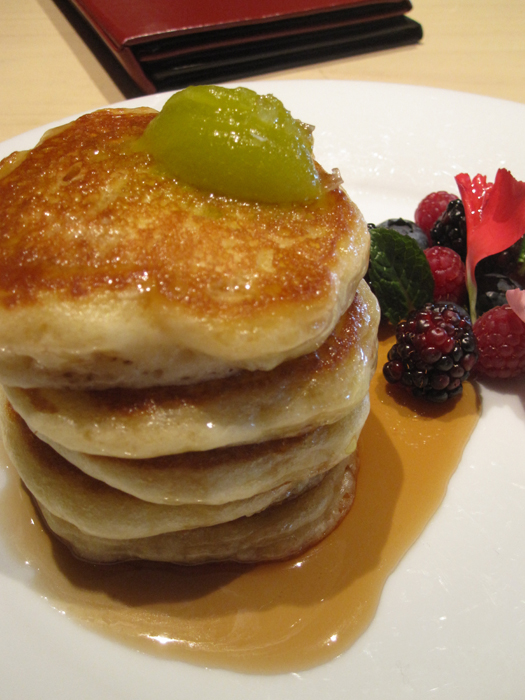

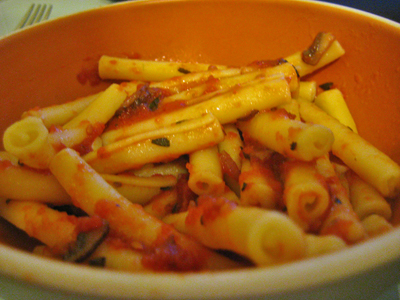
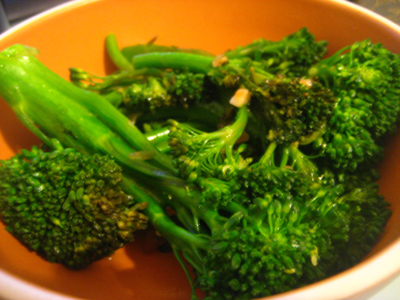
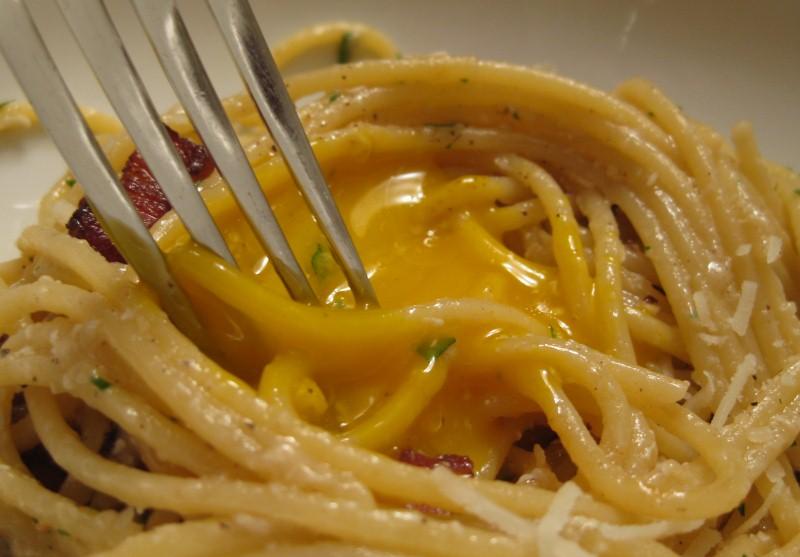
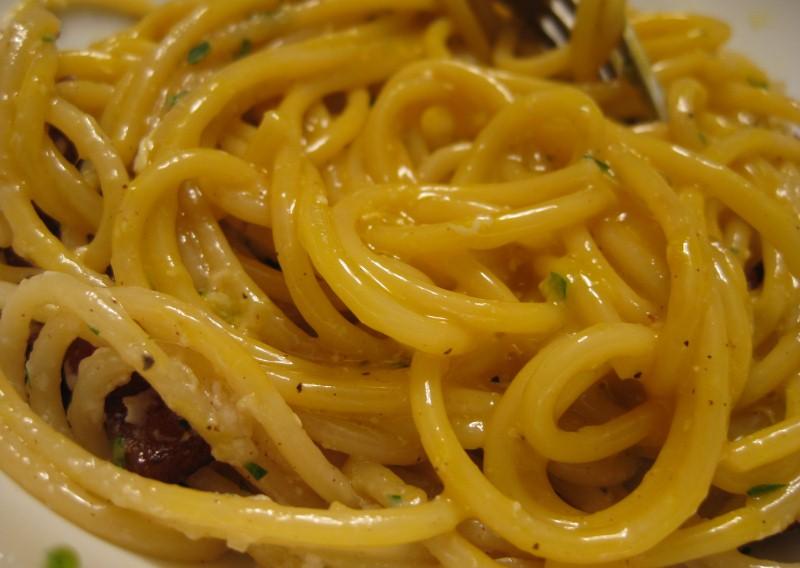
Q&A: Homebrewing
in The eGullet Culinary Institute (eGCI)
Posted
Beer turned out great! Tastes pretty good, though it seems to be really low on alcohol...I bottled them in 22oz bottles and if I drink one I can barely feel it compared to the very first extract brew recipe here.